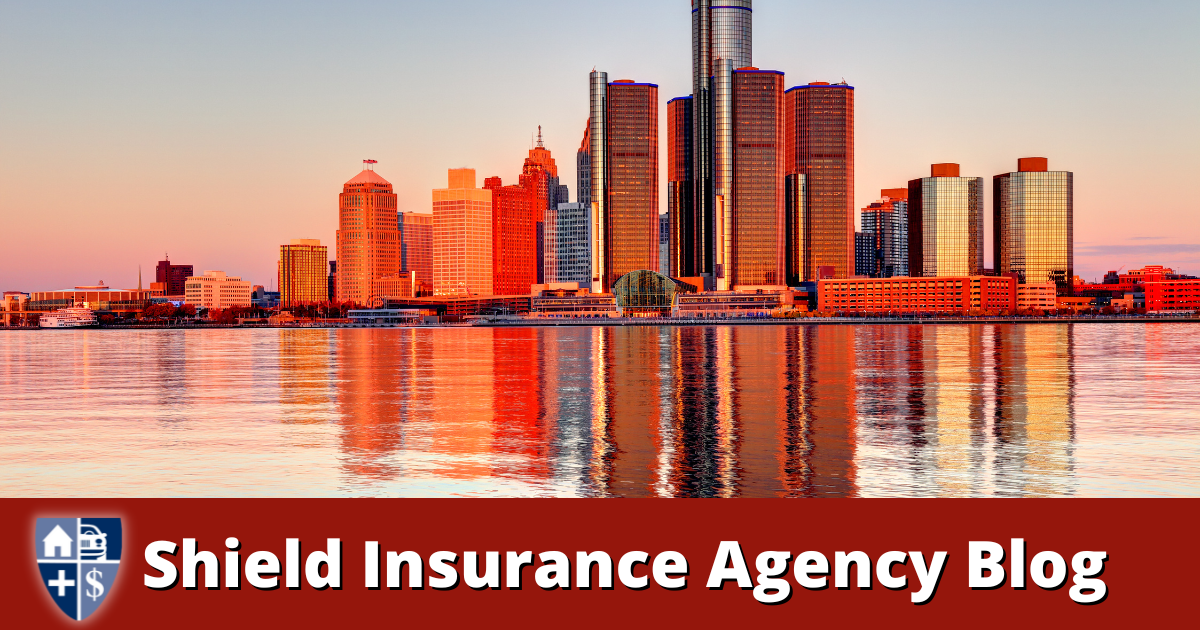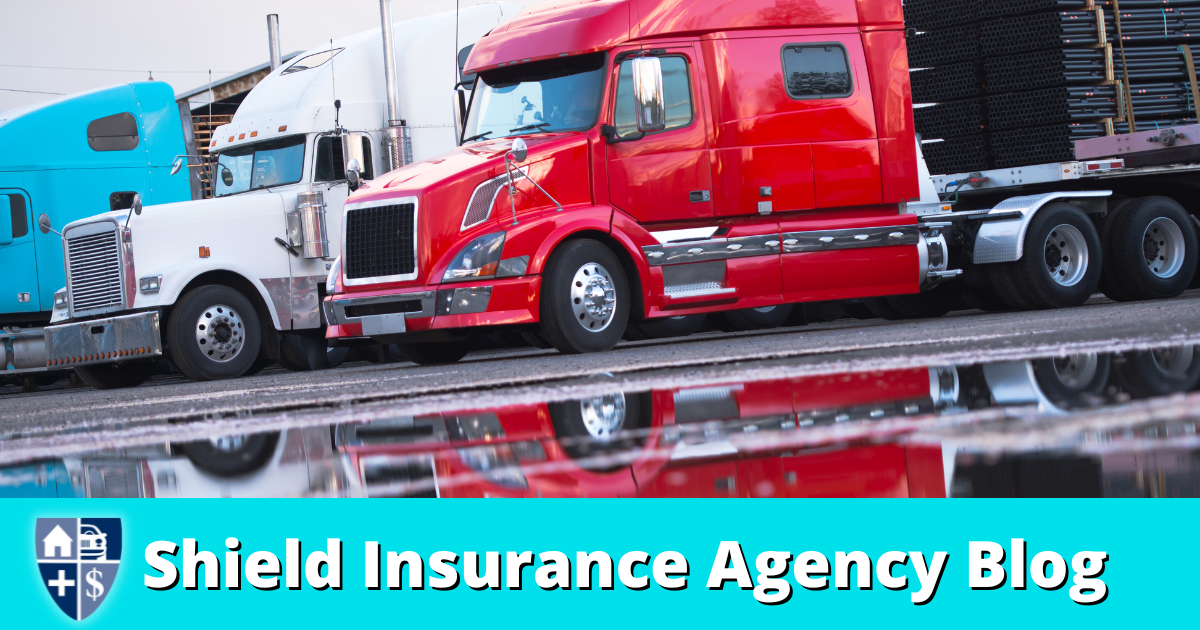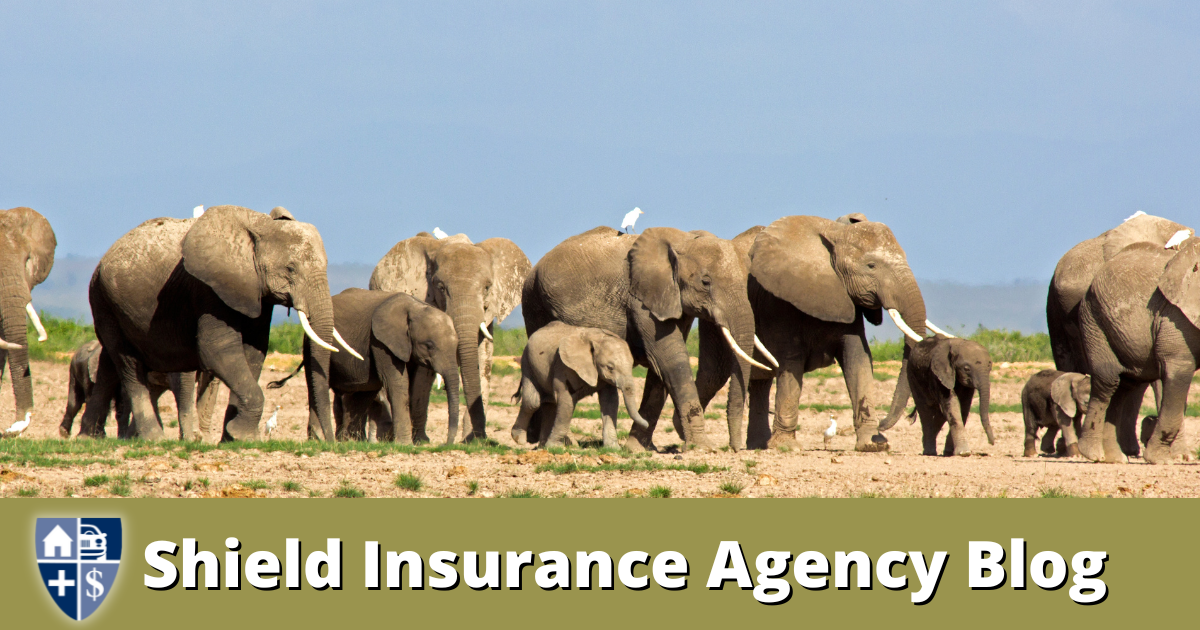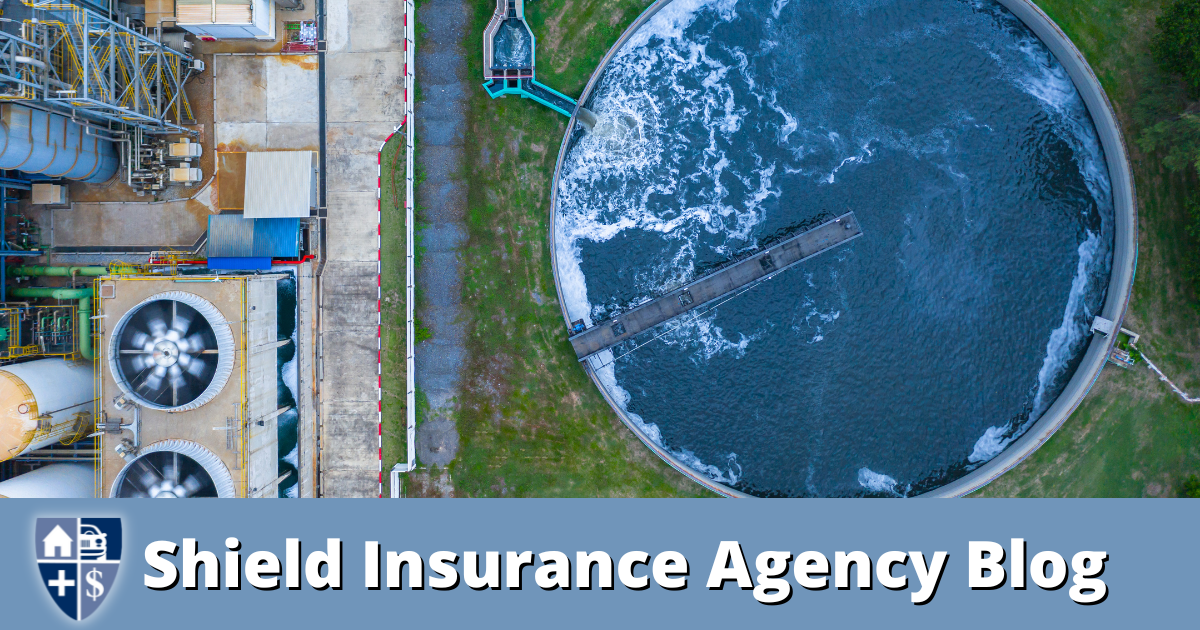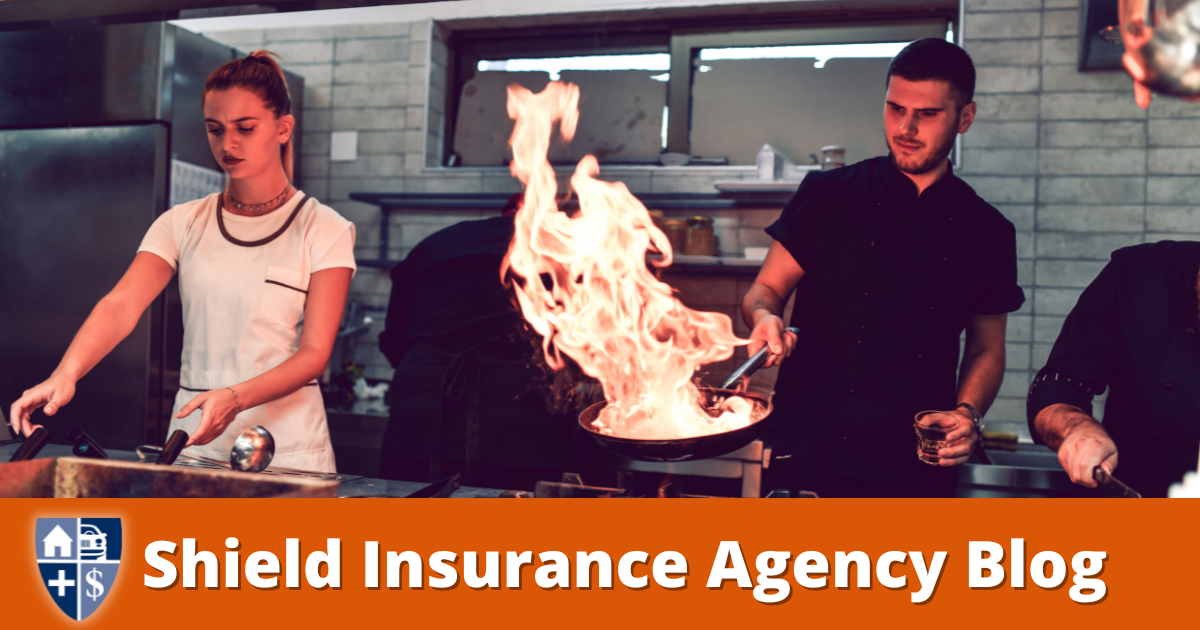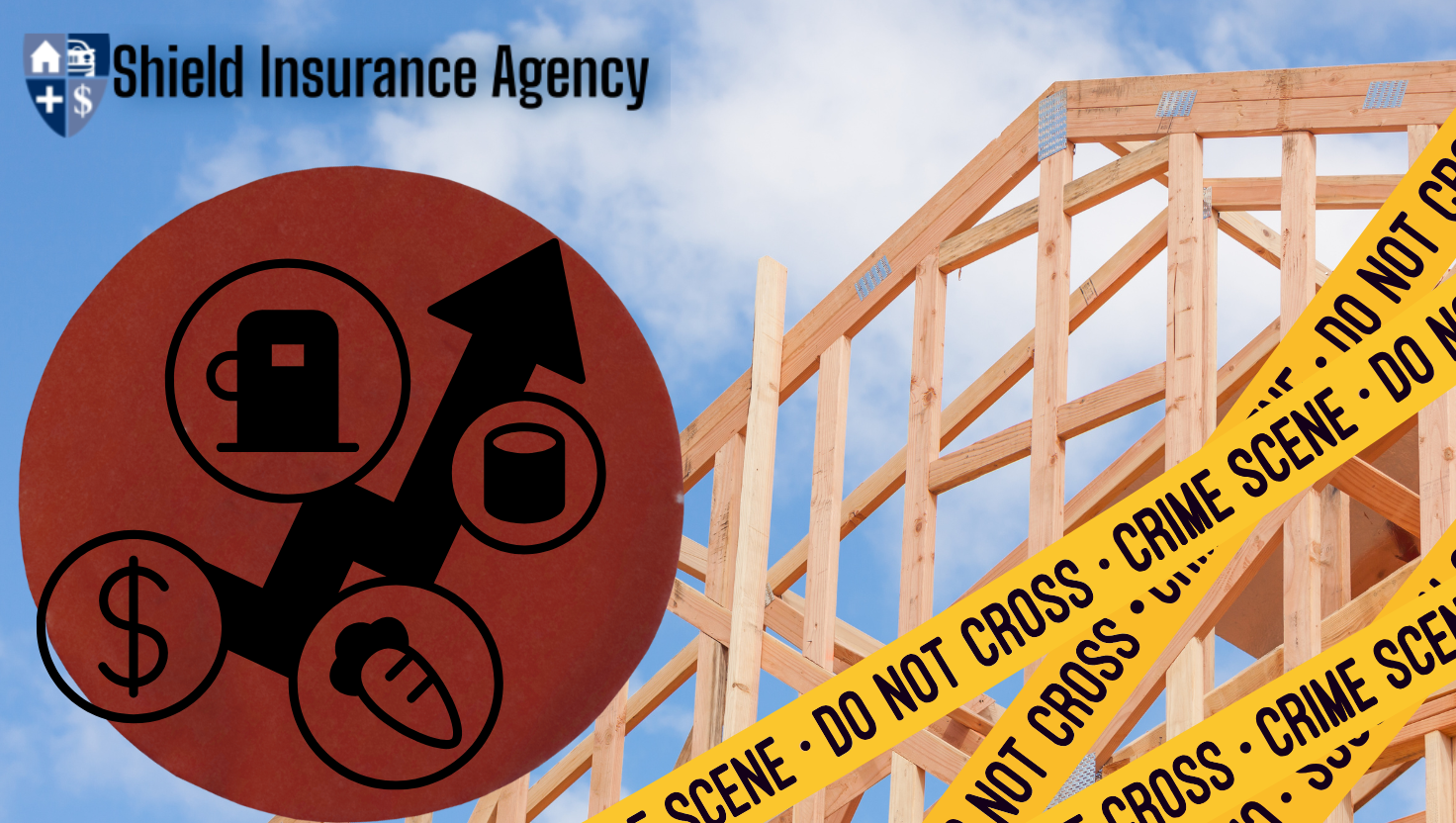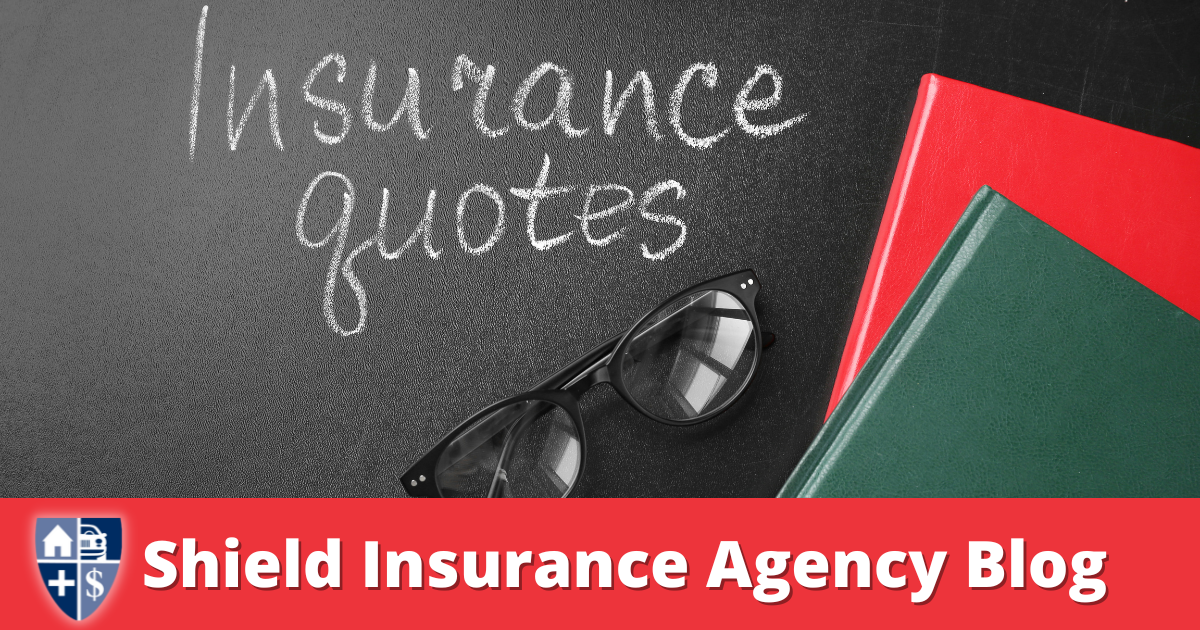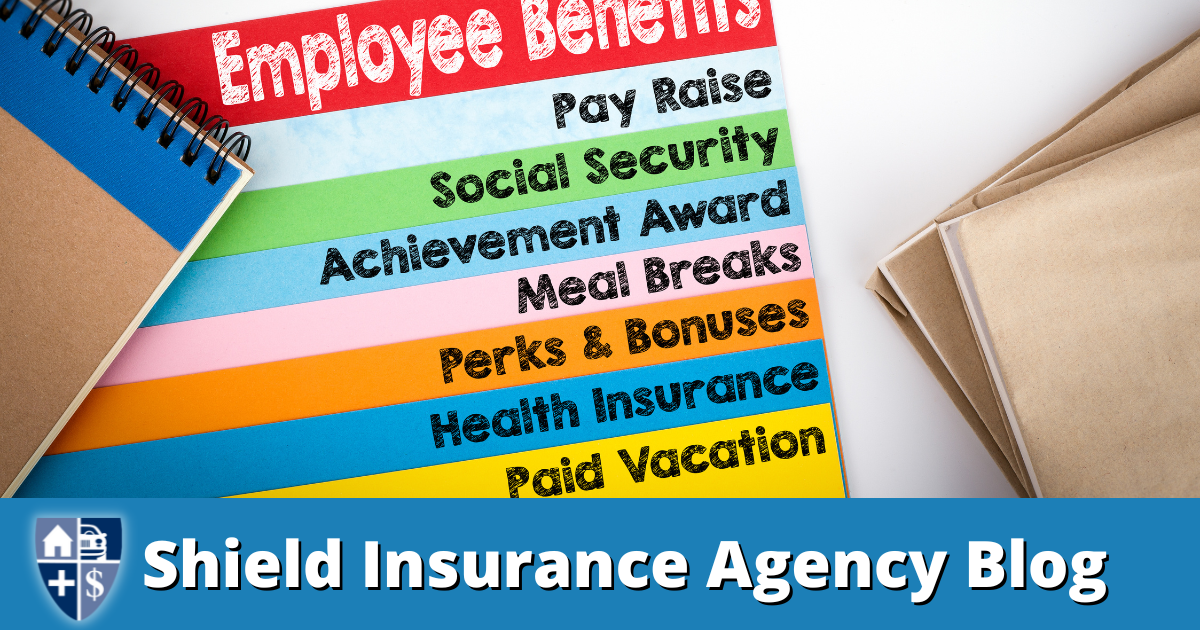
Is your business ready for employee benefits liability? Find out now!
Shield Insurance Agency Blog | Employee Benefits Liability | Business Insurance | Start A Quote Today!
As a business owner, you understand the importance of protecting your company from potential risks and liabilities. You have likely invested in business insurance to safeguard your assets and mitigate any potential financial losses. However, have you considered the need for employee benefit liability coverage?
Employee Benefits Liability Insurance
Employee benefit liability is a type of insurance that provides protection for your business in the event of employee lawsuits related to employee benefits. This coverage is designed to cover legal expenses, settlements, and judgments that may arise from claims made by employees regarding their benefits.
Employee benefits are an essential part of attracting and retaining top talent in today’s competitive job market. These benefits can include health insurance, retirement plans, paid time off, and other perks that contribute to employee welfare and satisfaction. While offering these benefits is crucial for your business’s success, it also exposes you to potential risks and legal obligations.
Protection From Employee Benefits Liability
Employee lawsuits related to benefits can arise from various situations. For example, an employee may claim that they were wrongfully denied certain benefits or that the benefits provided did not meet legal requirements. They may also allege that the company failed to properly administer the benefits or provide accurate information about them.
Without employee benefit liability coverage, your business may be responsible for covering the costs associated with these lawsuits, including legal fees, settlements, and judgments. These expenses can quickly add up and have a significant impact on your company’s financial stability.
By obtaining employee benefit liability coverage, you can protect your business from these potential risks and ensure that you have the necessary resources to defend against employee lawsuits. This coverage can help cover legal expenses, settlements, and judgments, providing you with peace of mind and financial protection.
In addition to protecting your business financially, employee benefit liability coverage also demonstrates your commitment to your employees’ rights and welfare. It shows that you take their benefits seriously and are prepared to address any issues that may arise.
Employee Benefits Liability Coverage
When considering whether your business needs employee benefit liability coverage, it is essential to assess your current employee benefits program and the potential risks associated with it. Evaluate the legal obligations and responsibilities that come with offering these benefits and consider the potential impact of employee lawsuits on your business.
It is also crucial to review your existing insurance coverage to determine if it includes employee benefit liability. While general business liability insurance may provide some coverage for employee lawsuits, it may not be sufficient to fully protect your business in these situations. Employee benefit liability coverage is specifically designed to address the unique risks associated with employee benefits.
To ensure that you have the right coverage for your business, it is recommended to consult with an experienced insurance agent or broker. They can assess your specific needs and help you find the appropriate employee benefit liability coverage that aligns with your business’s size, industry, and risk profile.
Shield Insurance Agency represents over 40 insurance companies and can provide you with a free quote tailored to your business’s needs. Contact Shield Insurance Agency at (616) 896-4600 for a free quote today or start the quoting process by visiting this LINK, and an agent will be in touch soon.
In conclusion, employee benefit liability coverage is an essential component of your business insurance portfolio. It protects your business from potential risks and liabilities associated with employee lawsuits related to benefits. By obtaining this coverage, you can ensure that you have the necessary resources to defend against these claims and protect your business’s financial stability. Consult with an experienced insurance agent to determine the right coverage for your business and secure the peace of mind you deserve.




